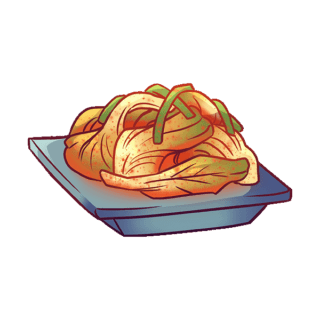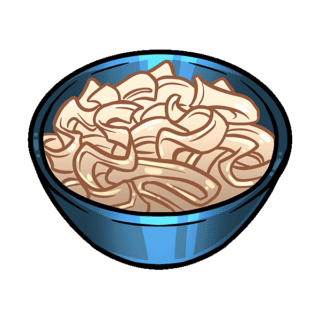Kimchi
Kimchi, sometimes spelled “gimchi” or “kimchee”, is a Korean fermented – side dish, most commonly based on (Korean: baechu, 배추). It’s similar to German sauerkraut, but includes crushed pepper flakes and other ingredients so is tangier, fresher-tasting, and has a more complex element of spice.
Along with the napa cabbage and gochugaru chili powder, kimchi can also include scallions, ginger, radish, garlic, carrot, cucumber and seafood, although that list is far from exhaustive. Besides salt, flavorings can also include fish sauce, shrimp paste and sugar. Many variations are associated with seasonal or regional offerings; traditionally, winter kimchi would be quite distinct from kimchi made in the spring or summer.
Essentially: There are almost endless recipes for kimchi. Try making your own using our Nappa Cabbage Kimchi recipe.
For many Korean families, kimchi is an everyday food. It’s eaten in stews, soups, pancakes, rice dishes, or just by itself as a side. For those not used to pickled foods, the taste can be acquired, but it’s refreshing with a bit of flavorful spice.
While the nutritional minutiae of kimchi differs from recipe to recipe, all types are extremely good for you. The fermentation offers all types of health benefits by supporting the microbiome, or the naturally-occurring bacteria in and on our guts and skin. This “good” bacteria crowds out dangerous, illness-causing bacteria and viruses, helps aid many bodily functions, and helps keep skin and other organs healthy. Not to mention, by improving your digestion it helps increase the bioavailability of other foods’ nutrients, helping you stay even healthier. By eating fermented food often, you can help your body have a healthy foundation for everything else.
Kimchi can be found in the refrigerated pickle section at Uwajimaya, and if you’re making your own at home you can get all the ingredients in our produce and grocery departments.





